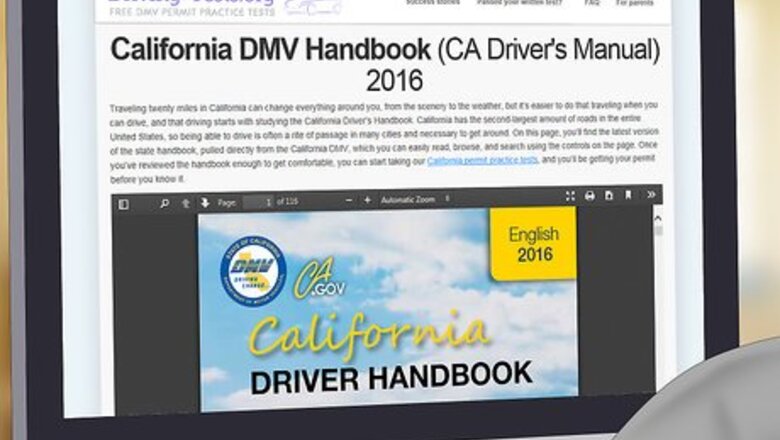
views
Studying for the Exam
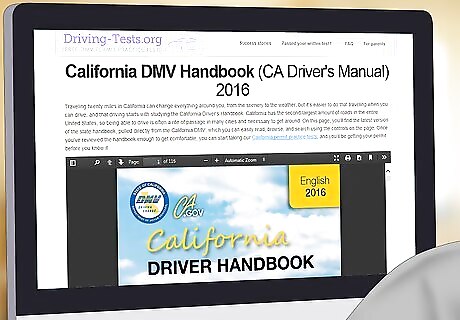
Get a copy of your state's driver's manual. Usually the driver’s manual can be found online; you don’t need a physical copy. It may look daunting, but it does have all the information you need. Read through the “Rules of the Road” section of the manual. Take notes if anything strikes you as surprising. Reading the manual alone is not enough to help you study for the test. Read through the manual first. Then, take a few practice tests, notating which kinds of questions you got wrong. Then go back to your driver’s manual and read the chapters pertaining to those questions.
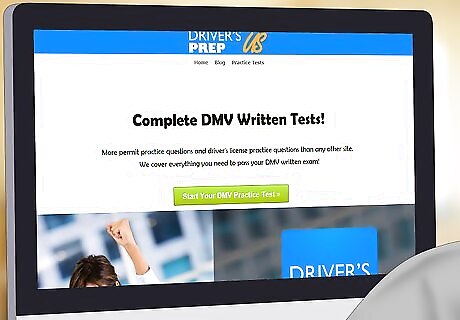
Find online tests.There are many online tests you can take that will give you a good idea of what the questions on a real permit test will look like. Some online practice exams even have apps, so you can practice questions on your phone. Driversprep and practicepermittest are good sources for online tests. Take all available tests. Even if there are repeat questions, it’s still a good idea to take and re-take all tests until you get each question right. Driving-tests has multiple tests for each state. It may seem excessive, but you have no way of knowing what will be on your final test. Take all of the tests. You can also search for tests yourself on google. Just make sure to include the name of your state when you search!
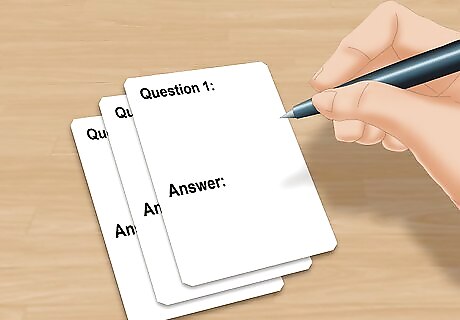
Make flashcards. Writing is the best way to memorize information. If you are taking practice tests and getting stuck on certain questions, write down the questions and their answers. Then, make flashcards of them and quiz yourself just on questions that you missed. You can take flashcards with you and do them on the bus or in a study hall.
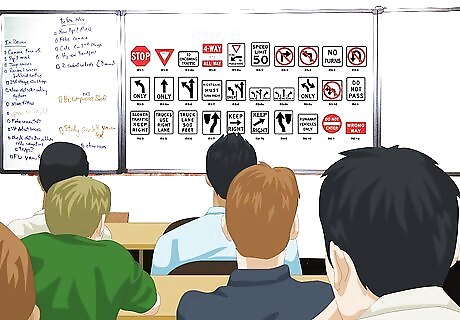
Take a Drivers' Education class. These classes are often not mandatory; however, they cover all the necessary information in the driver’s manual in a more interactive way. If drivers' education is too expensive or inaccessible, reading and understanding the manual will get you the same results.
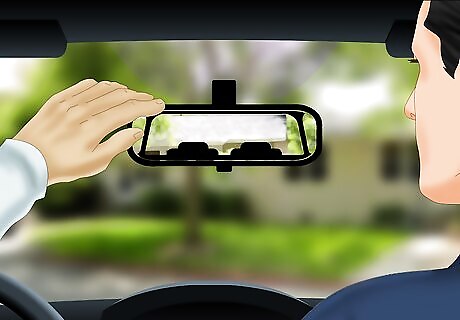
Be mindful when riding in the car. Pay attention to what drivers are doing and what signs are on the road. If something happens that you don’t understand, ask the driver to explain what happened and what rules came into play. When the car is at an intersection, turning, or merging, try to think of what you would do next in that situation. If the driver does something different, ask them why.
Preparing for the Test
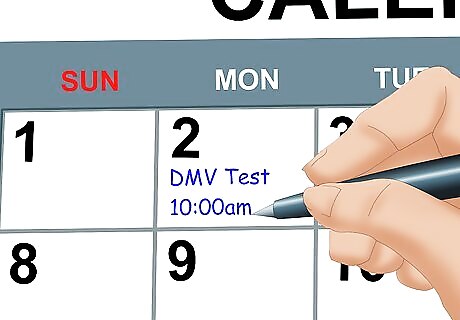
Choose a day to take your test. This way, you are not in a rush or taken by surprise. Make sure that you have a ride to and from the DMV. When choosing a time, try to pick an odd time (the morning of a weekday, during working hours, etc.) so that the DMV branch will be the least crowded. This will lead to shorter wait times, which should reduce your stress level. Check with your DMV office to see if you are able to schedule an appointment online or over the phone. Making an appointment ahead of time will save you from any delays the day of the test.

Get a good night’s sleep and eat a hearty breakfast. You can’t think clearly if you are fighting off fatigue. A good night’s sleep is eight hours. A good breakfast has a lot of protein, so eat meat, eggs, or soy protein. Remember to stay hydrated as well.

Get all your paperwork together before hand. Check the DMV website to see what documents your state requires. You can also check other websites to see what most states require. It is most likely that you will need forms of ID like a birth certificate and social security number. You may need proof that you are in school, but it varies state to state, so be sure to double check.
Taking the Test

Stay calm. While you're waiting, remember to breathe. Look through your flashcards or driver’s manual a last time. Smile at the people at the DMV. If you are friendly, they will be friendly as well, which should help you relax. Sit or stand tall, with your shoulders back. Sitting confidently will actually increase so-called “confidence hormones”, which will make taking the test easier.
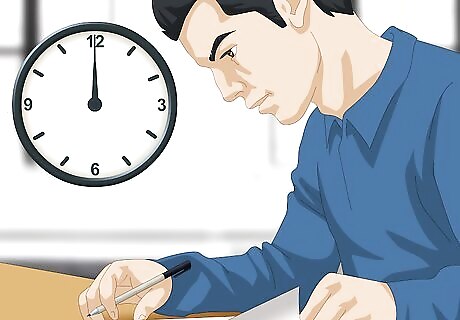
Take your time. The time limits are usually excessive. It will be more valuable to think about your options than to rush. Read each question completely before answering. You can always come back to questions that you couldn’t understand at the time.
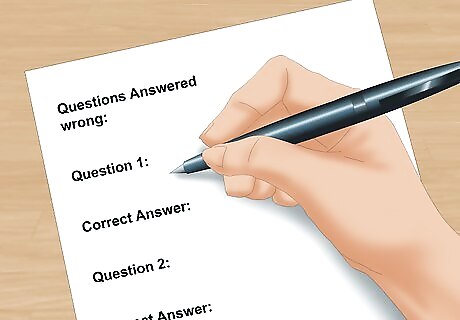
Keep your perspective. Plenty of people fail their permit tests, but they become drivers eventually. If you fail your test, you can always re-take it. Take note of the questions you get stuck on, so that you do not repeat your mistakes.




















Comments
0 comment